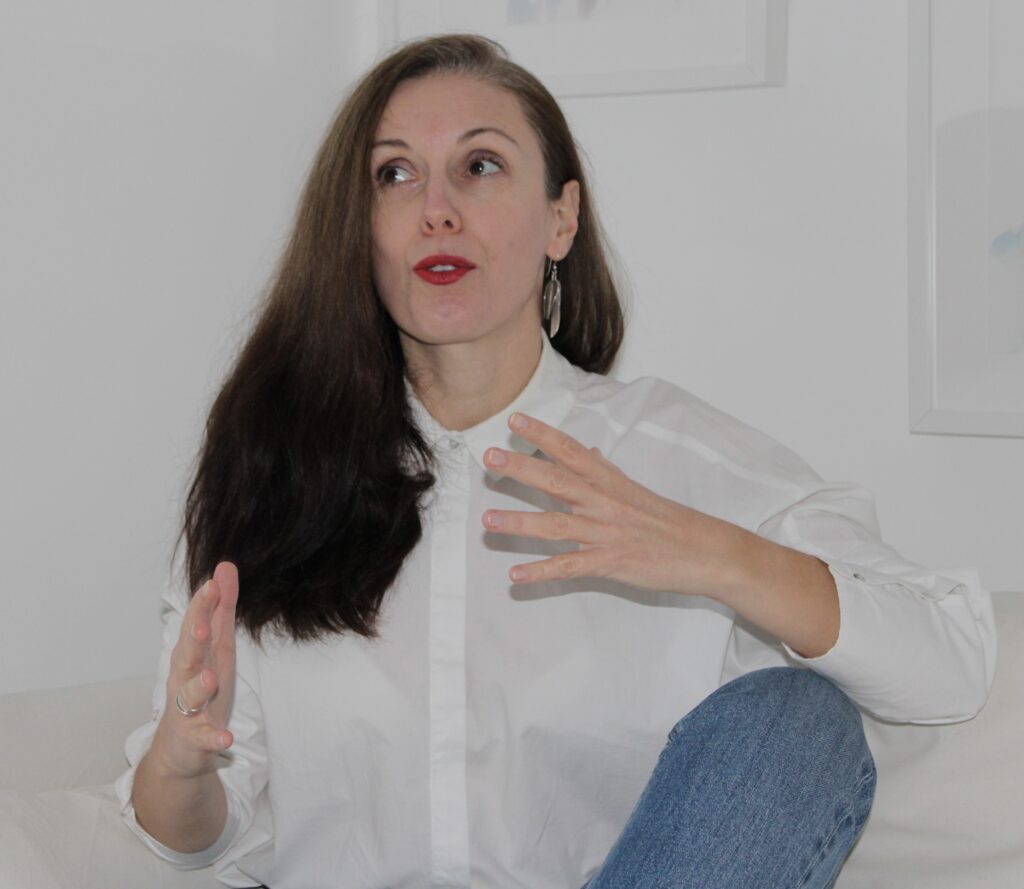Breakups are difficult even in the best of circumstances, but if it marks the end of a toxic relationship, where you felt emotionally manipulated, abused, gaslight, this period can be complex and even more painful. What makes it complex is a sense of regret and possibly shame for not having left earlier, or not having had the power to stand up for yourself.
We tend to see things a lot more clearly once we’re outside of a situation, especially once we’ve had some time to think about it, possibly discuss it with someone else. It becomes baffling that we didn’t see the toxicity before. This can lead to a lot of negative self-talk and shame.
It’s understandable to feel and think this way, after all, we want to protect ourselves from it ever happening to us again. But it’s not self-punishment that helps us heal and avoid such situations in the future, it’s self-compassion and self-care. Let’s look at what self-compassion looks like before we delve into how you can process your emotions to heal from the toxic relationship for good.
The healing power of self-compassion
Kristin Neff
Self-compassion researcher Dr Kristin Neff claims that there are three components to self-compassion:
- self-kindness
- common humanity
- mindfulness
After the breakup, instead of being judgemental with yourself or trying to get out of the pain, how could you show kindness to yourself? Kindness isn’t passive, it’s very much an active quality. It is thinking the thoughts and doing the things that will make you feel supported and accepted. It’s choosing moment by moment to let go of critical and judgemental thoughts and replacing them with kind, loving words and actions.
Common humanity means acknowledging that suffering is part of life, breakup is part of life, and sadly toxic relationships are part of life. Whilst you cannot change the past, nor can you relinquish your present feelings, knowing that you’re not alone in this can be immensely comforting.
Mindfulness allows you to turn towards suffering and be with the suffering, instead of trying to escape it or distract yourself from it, which can in worst cases lead to PTSD. Being mindful means that you’re observing the suffering and at the same time you don’t drown in the feelings.
Understanding these elements of self-compassion and reshaping the way you think and behave have the power to ease the pain of the breakup and process the emotions of the past.
Now let’s look at a few things you can do to process your emotions and to heal the past. Do them in a compassionate way.
Express your experience in words
Memories are laid down as stories: there’s a beginning, middle, and end to them. They also have a meaning you attach to them, a sort of a why or lesson you draw from them. When the past keeps showing up in the present, we probably haven’t created a story of it yet, or the nature of the story is still imbued with a lot of emotion.
To process our past, it’s useful to write about it. Take a notebook and start writing down what happened, how it happened, where it happened, you could also reflect on the emotional impact it had on you, but if that’s difficult to start with, just focus on the events. You could even try and write about it numerous times, maybe at different times of the day and see how that impacts the story you’re starting to create.
As an alternative to this exercise, you could write a letter to your your self, telling them how much you love them, or to your older self telling them why you’re doing this work, and how you imagine life to shape up for them.
Writing is just one form of story creation, you can talk about what happened. Start with friends and family, or join a community where other women share their experiences and feelings about it. We’re not meant to deal with suffering on our own, we need a community that helps us carry our story together. Think about who is worthy of holding your story with dignity and compassion, and open up to them.
Express your experience with movement
As an embodiment coach, I cannot emphasize enough the importance of the body in the healing and growth process. Toxic relationships are deeply wounding and traumatic. They are often seen as the source of chronic trauma and sometimes even complex trauma if there were different sources that eroded your self-esteem and sense of safety in your own home.
We heal trauma though the body.
Mindful movement and dance are a powerful way to get in touch with our emotions and to process them without getting stuck in circular thinking patterns. You could join a local dance place, I especially recommend a 5Rhythms class that takes you through the five universal rhythms conceived by Gabrielle Roth: flowing, staccato, chaos, lyrical, and stillness.
I remember going to a lesson and dancing grief: saying goodbye to a loved one who passed away decades ago but whose loss I realised I had never processed properly. Everyone dances their own dance, with their own movements, in their own time. Sometimes we are witnessed, other time we witness another person. You’ll join a community that is movement- rather than words-oriented which can either accompany or become your healing path.
Pay it forward
Once you’re starting to feel better and you’re entering the end phase of your healing process, paying it forward is a wonderful way to give meaning to what you’ve been through.
There are various ways you can help those who are either in a toxic relationship or are at the beginning of their healing process. You could volunteer at a local charity that helps with domestic abuse, or you could consider writing a memoire about what you’ve gone through and how you’ve been able to leave it behind.
Conclusion
You’re not alone in this. The suffering will decrease and eventually turn into a memory that no longer impacts the present. It’s not a matter of time, it’s a matter of the effort you put into your own healing process: self-kindness, self-expression, becoming part of the community and paying it forward all contribute to healing and to rewiring your mind for secure love.
It’s a complex process and it does take time, but integrating these practices will help you go though it with greater ease and avoid repeating the relationship.

Do you need help with healing after a toxic relationship?
I can help you heal the past so that you can feel alive again, build a stronger relationship with yourself and wire your mind for secure love.
My three-month Embodied Love Reset 1:1 programme that integrates the power of therapy with coaching helps you strengthen your relationship with yourself, build healthy boundaries, and build intimacy skills to be ready for the love-story of your life. Get in touch, to know more or to sign up.

